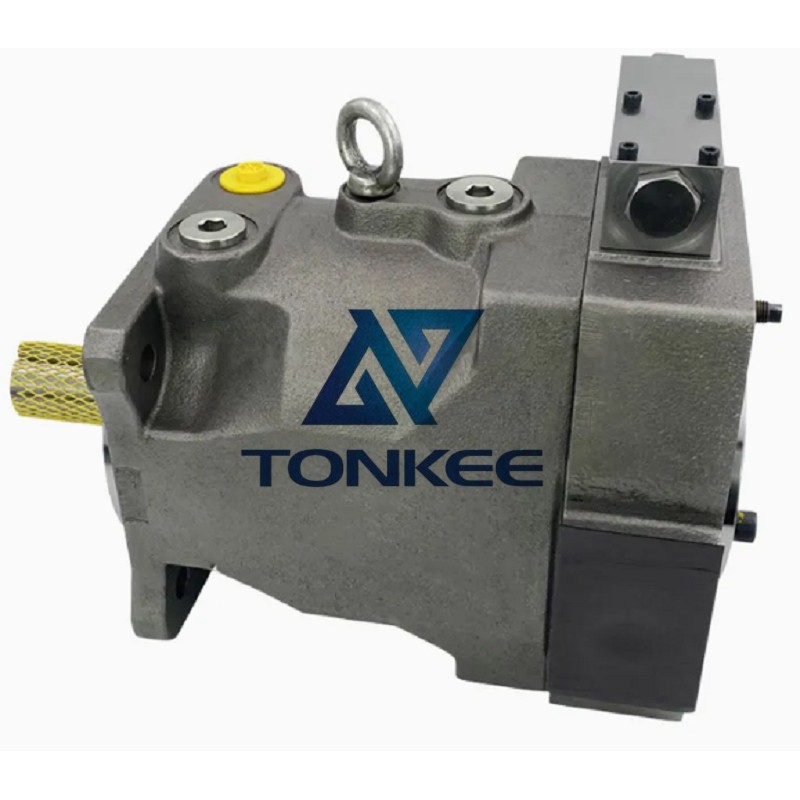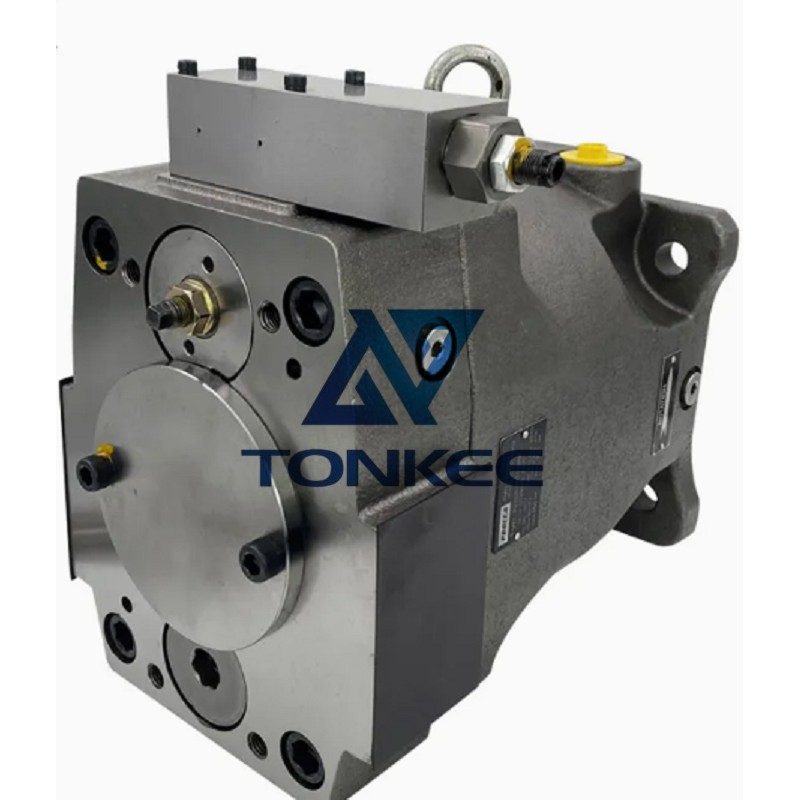


Model: PV092 of the Parker PV Series
Type: Hydraulic Piston Pump
2. Performance Specifications
Displacement
The PV092 pump has a fixed displacement value. The displacement is [displacement value] . This specific displacement determines the volume of hydraulic fluid the pump can deliver per revolution and is a key factor in calculating the flow rate in a hydraulic system.
Flow Rate
Calculated Flow Rate: The flow rate of the PV092 pump is a function of its displacement and rotational speed. At a nominal speed of [nominal speed value] rpm (revolutions per minute), the theoretical flow rate can be calculated as [displacement value] × [nominal speed value] rpm, which results in [calculated flow rate value] liters/minute after appropriate unit conversions.
Actual Flow Rate: In a real - world hydraulic system, the actual flow rate may be slightly less than the theoretical value due to factors such as internal leakage. However, the pump is designed to minimize these losses to provide an efficient flow of hydraulic fluid.
Pressure Ratings
Maximum Operating Pressure: The PV092 hydraulic piston pump is rated for a maximum operating pressure of [operating pressure value] bar. This high - pressure capacity enables it to be used in hydraulic systems that require significant force generation, such as in heavy - duty machinery and industrial presses.
Peak Pressure Capacity: It can withstand short - term peak pressures of up to [peak pressure value] bar. This provides a safety margin during transient conditions like sudden load changes or system startup/shutdown.
3. Rotational Speed
Maximum Continuous Speed: The pump can operate continuously at a maximum speed of [maximum continuous speed value] rpm. This allows for efficient fluid transfer and is suitable for applications that require a relatively high - speed operation of the hydraulic system.
Minimum Recommended Speed: A minimum recommended speed of [minimum recommended speed value] rpm is specified. Operating below this speed for extended periods may lead to issues such as insufficient fluid flow, cavitation, and potential damage to the internal components due to poor lubrication.




















